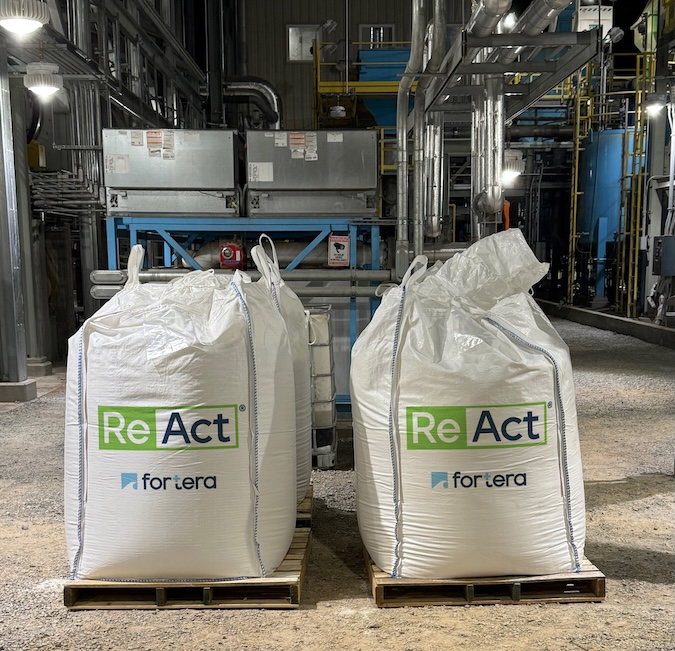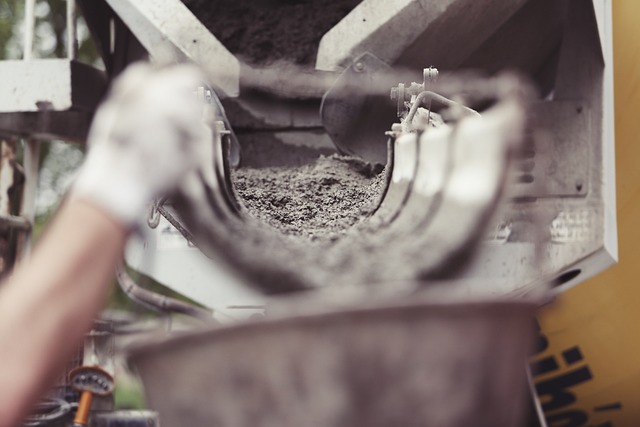Ash Grove Cement Co.’s cement plant in Midlothian, Texas, received a 2011-12 safety award recently from Texas Aggregate and Concrete Association (TACA) for its third-consecutive year of high safety ratings. In addition, the plant recently received a 2012 Chairman’s Safety Performance Award from the Portland Cement Association (PCA).
Human Resources and Safety Manager Brian Howell explained that the awards the company received are due to the dedication of every worker to be safe. “I’m proud for the company to receive this award, but I’m more proud of the people whose hard work has made this a safe place to work,” Howell said. “Safety is all about everyone doing their part to make the workplace safe for everyone. We’re not perfect, no one is, but with everyone’s eyes and ears, we have a better shot at being as safe as we can be.”
In 2011, Ash Grove Midlothian exceeded 179,000 hours of operation without any lost-time accidents. “We had achieved over 1,300 days without a lost-time accident going into January of this year,” Plant Manager Kevin Blankenship said.
Ash Grove was one of 12 plants the PCA recognized for excellent safety based on the records of 111 portland cement plants in the U.S. and Canada. With 112 employees, the plant is committed to safe operations and has been recognized repeatedly by PCA, TACA and Ash Grove’s internal safety standards. “[Safety] has to be number one on everyone’s mind,” Production Superintendent Rickey Downs Sr. said. “People that don’t know as much can get in trouble if you just let ‘em go, so we try to put people with them to get them trained. You’ve got to make safety work for everybody, or it won’t work.”
Ash Grove also does its part to keep the environment safe, as Howell spotlighted the plant’s process of recycling old tires in its kilns as a fuel source. The process reduces fuel use, recycle tires efficiently and environmentally safe, and keeps the tires from being shredded up and dumped at a landfill. “By EPA mandate, we’re supposed to have a mid-kiln fuel injection, which reduces the amount of fuel that we use and helps our emissions on the backend to ensure that we have the best emissions that we can,” Howell said. “We found that we were able to use tires and recapture the BTUs that are already in the tires as our fuel source.”



